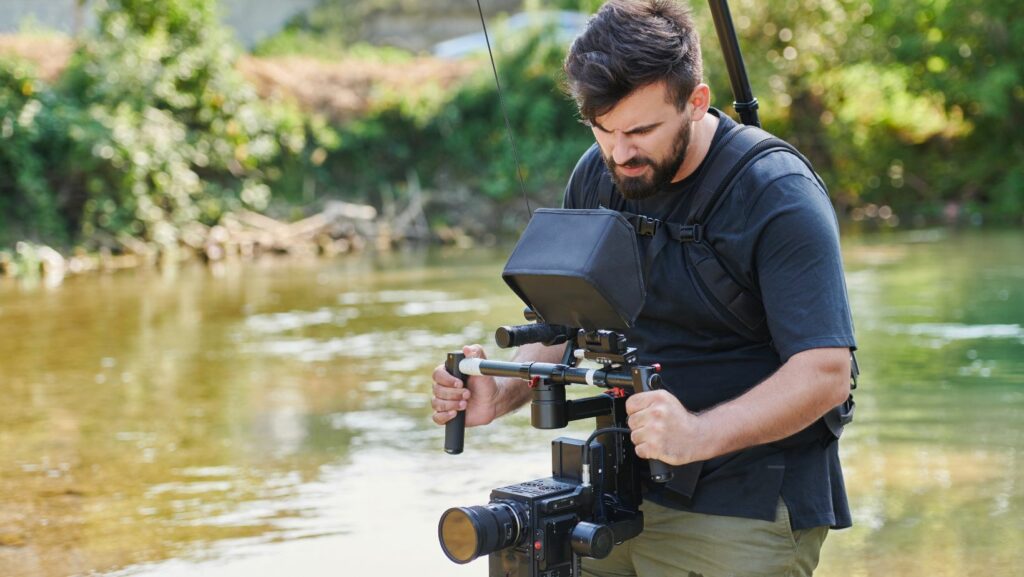
Which of The Following Describes New Documentary Photography: Capturing Truth And Authenticity in Its Natural State
I’ve always been fascinated by the power of photography to capture real-life moments and tell compelling stories. In recent years, a new genre of photography has emerged that has completely redefined the way we document the world around us. This genre, known as documentary photography, is a powerful tool for social commentary and storytelling. In this article, I’ll explore the characteristics and significance of this new wave of documentary photography.
Documentary photography is more than just taking snapshots of everyday life. It goes beyond aesthetics and focuses on capturing the truth, the rawness, and the authenticity of a subject or a situation. Unlike traditional photography, which often aims to create beautiful images, documentary photography aims to document reality as it is, without any manipulation or alteration. It is a form of visual storytelling that aims to raise awareness, provoke emotions, and inspire action.
Which of The Following Describes New Documentary Photography
Definition
New documentary photography is a genre that has emerged in recent years, reshaping the way we capture and document the world around us. Unlike traditional photography, which often focuses on aesthetics and technical proficiency, new documentary photography prioritizes capturing the truth and authenticity of a subject or situation without manipulation or alteration. It is a form of visual storytelling that aims to raise awareness, provoke emotions, and inspire action.
In new documentary photography, the emphasis is on presenting the subject as it is, with all its imperfections and rawness. It captures real-life moments, people, and places in their natural state, without staging or posing. This approach allows the photographer to convey a sense of honesty and truth, providing viewers with a deeper understanding of the subject matter.
History of Documentary Photography
Documentary photography has a rich history that dates back to the late 19th century when photographers began using the medium to document social issues and bring attention to societal injustices. However, new documentary photography has evolved and expanded upon these early foundations, incorporating modern techniques, technologies, and perspectives.
One of the pioneers of new documentary photography is Dorothea Lange, whose iconic photographs during the Great Depression captured the struggles and hardships faced by Americans. Her work, such as the famous “Migrant Mother” photograph, not only documented the reality of the time but also sparked empathy and action.
Another influential figure in the genre is Sebastião Salgado, whose powerful black and white images depict the human condition and the impact of globalization on marginalized communities. His work transcends borders and cultures, highlighting the universal aspects of the human experience.

Characteristics of New Documentary Photography
Authenticity
In new documentary photography, authenticity is a key characteristic. As a photographer, I strive to capture the truth and essence of a subject or situation without manipulation or alteration. This means presenting subjects in their natural state, without staging or posing. By doing so, I aim to convey a sense of honesty and truth, allowing the viewers to connect with the subject on a deeper level.
Authenticity in new documentary photography goes beyond capturing a moment. It involves capturing the emotions, the struggles, and the triumphs of the individuals or communities being documented. The goal is to provide a genuine representation of their experiences and to shed light on their stories. This approach allows for a more intimate and powerful connection between the viewer and the subject.
Collaboration
New documentary photography often involves collaboration between the photographer and the subject or community being documented. This collaborative approach allows for a more inclusive and empowering representation of the subject’s story. It breaks down the traditional power dynamic between the photographer and the subject, giving the subject agency and a voice in the process.
Through collaboration, photographers can gain a deeper understanding of the subject’s experiences, challenges, and aspirations. This understanding informs the images captured, resulting in a more nuanced and empathetic portrayal. By involving the subject or community in the storytelling process, new documentary photography fosters a sense of ownership and empowers them to share their stories in their own words.
Collaboration also extends beyond the photographer-subject relationship. It can involve partnerships with organizations, activists, and other stakeholders who are working towards the same cause. This collaborative approach amplifies the impact of the images and helps to create lasting change.
New documentary photography is characterized by its authenticity, subjectivity, and collaborative nature. These characteristics allow for a more honest and inclusive representation of the subject’s story, challenging perceptions and inspiring action. As the genre continues to evolve, photographers are pushing boundaries and using their images to shape our understanding of the world.





